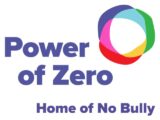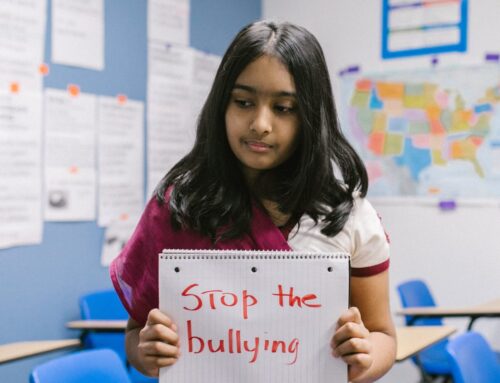In 2014, a chain of kindness was started at a Starbucks drive-thru in St. Petersburg, Florida. It began when a customer, when paying for her iced coffee, decided to pay for the drink of the person in the car behind her. It triggered a chain reaction. As customers arrived at the window, they discovered their coffee had already been paid for and were invited to extend their payment forward to the next person. The idea took hold, and for the next 11 hours, a steady stream of customers participated in this spontaneous pay-it-forward chain. By day’s end, 378 people had joined in, each contributing to a remarkable demonstration of collective kindness.
Inspiring? Yes!
Extraordinary? Not so much.
Our belief in the essential goodness of human nature has become skewed by traditional and social media’s tendency to focus on the dark side of life. The drip, drip effect of these stories has a very real impact on our social schemas, the mental frameworks we use to understand and predict human behavior. As a result, our internal scripts for how we expect others to act in everyday situations have taken a battering. That’s why stories like the Starbucks pay-it-forward chain are both inspiring and surprising; they violate our expectations as they remind us of the potential for kindness and generosity that exists in each one of us.
Kindness and empathy are the twin forces we seek to engage in students through our No Bully Program. Every school grapples with bullying, and we are often called in when incidents have occurred. The core of our program, its driving force, lies in its power to activate student empathy to bring the bullying of their peers to an end. We frequently encounter skepticism from teachers whose faith in their students’ capacity for kindness has been eroded by their failed attempts to turn their bullying around. Some initially resist our approach, insisting it will never work with their student population. However, as we guide them to appeal to the students’ empathy and innate sense of fairness, a remarkable transformation occurs. The students themselves become the key to resolving bullying incidents on campus. This methodology, known as “Solution Team” enables schools to solve close to 90% of bullying incidents without resorting to punishment.
What happens next often strikes schools as nothing short of miraculous. When they debrief the students who participated in the solution teams, asking them to reflect on the experience, the responses are remarkably consistent. These students, many of whom were the bullies describe a profound sense of relief and happiness in being part of the solution. Its not uncommon for them to ask if they can continue as a solution team so they can solve all the bullying at their school.
Adolescence is often perceived as a particularly solipsistic phase of life. Teenagers are frequently stereotyped as preoccupied with their own concerns and prone to introspection. However, what we witness in these solution teams is a phenomenon that aligns with the psychological research on mirror neurons and emotional contagion. Just as we are influenced by the negativity around us, we are equally susceptible to the positive emotions of others. When surrounded by generous, and kind individuals, we are more likely to embody those qualities ourselves. Kindness, it seems, has a ripple effect, calling to kindness everywhere. And the unexpected gift is the inherent joy and satisfaction that comes from being part of the chain of kindness.







Leave A Comment